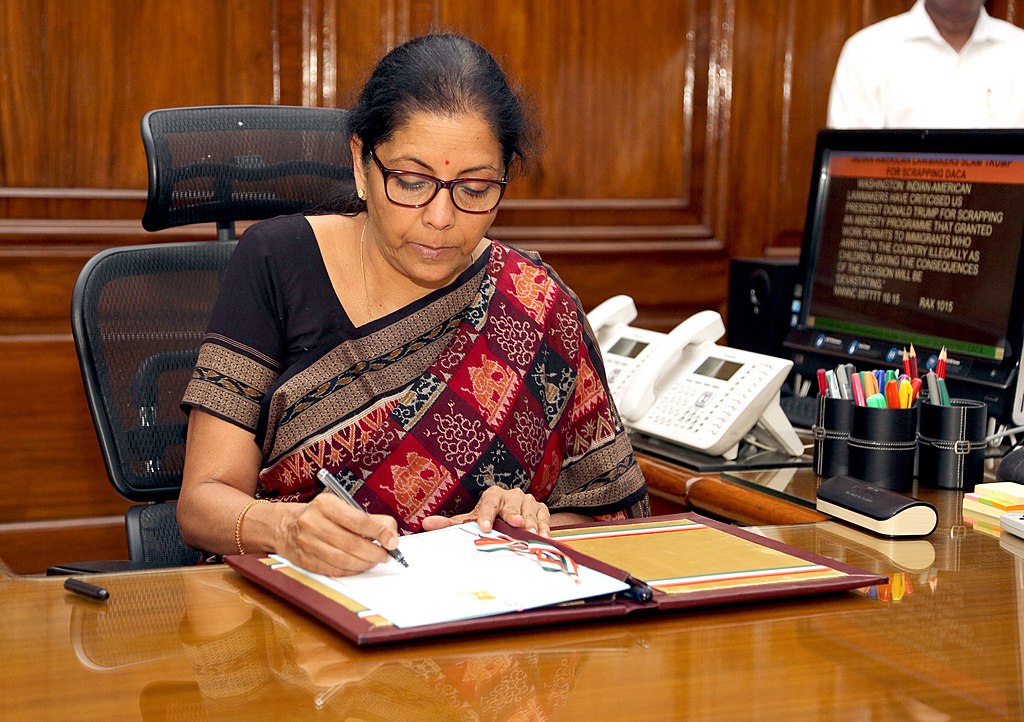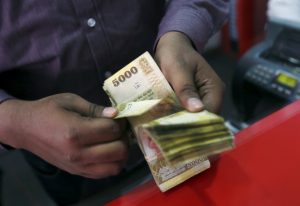India plans to raise spending on infrastructure in its annual budget next week to set the economy on a firmer footing, but fiscal constraints leave little chance of concessions for households hurting from the Covid-19 pandemic, officials said.
Asia’s third largest economy is estimated to expand 9.2% in the fiscal year that ends in March, following a contraction of 7.3% in the previous fiscal year.
Yet private consumption, which makes up nearly 55% of GDP, is below pre-pandemic levels amid rising levels of household debt, while retail prices have swelled nearly a tenth since the coronavirus outbreak began in early 2020.
The February 1 budget comes days before the start of elections in five states, including the most populous, Uttar Pradesh, which could spur finance minister Nirmala Sitharaman to promise higher rural spending and subsidies on food and fertiliser.
“She will have to strike a fine balance between the persistent ask for demand stimulus, continued capex push and fiscal consolidation,” Aastha Gudwani, India economist at BofA Securities in Mumbai, said in a note.
Yet these are likely to be overshadowed by spending to beef up transport and healthcare networks, which analysts estimate could rise between 12% and 25% in the next fiscal year.
‘Better Than Usual’
In the first eight months of fiscal 2022 only 46.2% of the full year’s budgeted fiscal deficit target has been exhausted as against a median 76.5%.
“The better than usual fiscal performance so far is primarily driven by direct tax revenue,” Gudwani said. “However, there are many offsetting factors at play likely to result in fiscal deficit just about meeting the target.”
To attract investments that create jobs and spur growth, Sitharaman could also boost incentives tied to production in more industries.
“We will focus on reviving the economy through higher investments, while individual and corporate taxes will be kept steady,” one official, who sought anonymity, told Reuters, adding that reviving growth would be a priority.
Food processing and exports are two areas that could see more production-linked incentives, Varma added.
Two senior government officials said no major budget changes were likely on individual and corporate taxes, in view of rising government debt and subdued private investments.
“Continuing on its capex push, we expect another 25% increase in capital expenditure by the central government … we expect budgetary allocations for roads, highways and railways to rise,” Nomura analyst Sonal Varma said in a note.
- Reuters, with additional editing by George Russell
READ MORE:
Omicron in Community Transmission Stage in India – ToI
Indian Grocery Delivery Startups Race Sparks Road Safety Fears
India’s HDFC Capital Raises $1.8bn For Low-Cost Housing Fund
























